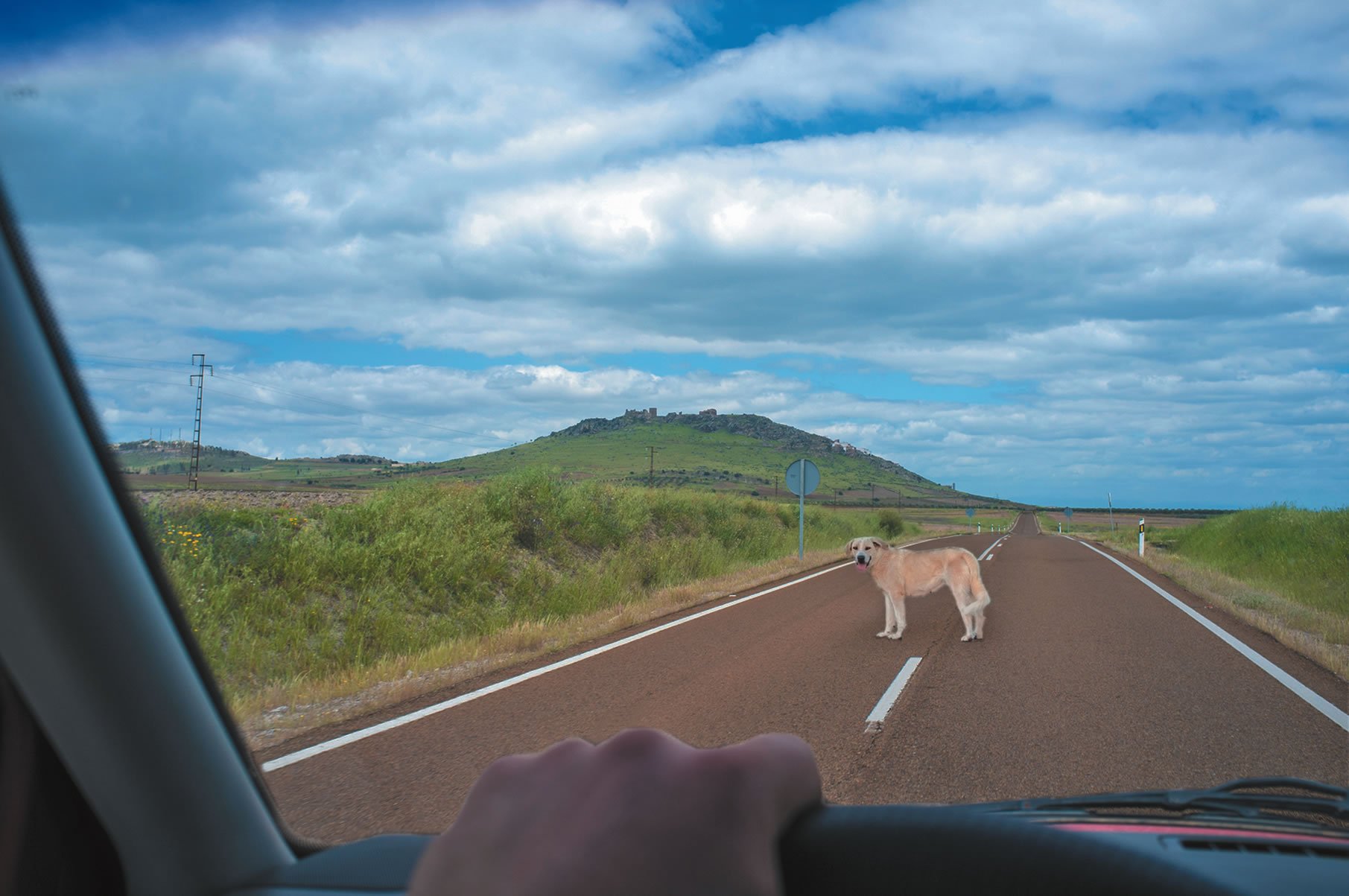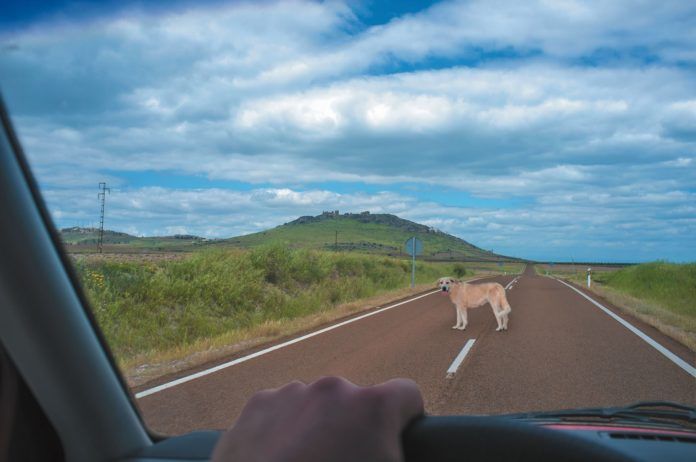

© juanaunion | Bigstock
If your dog has learned an effective “Sit,” which is the first word many of our pets come to understand, you have employed an important tool for getting her to stay put — or “Wait.” You can command her to get moving again with a word like “Release” or “Okay.”
But what if the two of you are outside and she can’t hear you? She’s on the other side of the road, and you don’t want her to cross because cars are coming. Or a jackhammer may be drowning out all oral communication, or she may be way off in the woods. She can see you but may be too far away to hear a command.
That’s when telling your dog to “Wait” via a hand signal comes in very handy. As with most basic training, there are four steps.
1. Give the hand signal — or say the word — you want your dog to learn. In this case, the hand signal is primary. Flash your hand quickly in front of your pet’s face. (Alternately, you can teach “Wait” by quickly pointing a finger at her.) You can say the word “wait” at the same time, so your dog can learn the cue both by sight and by sound.
You want to start with your pet close by, indoors and no more than a couple of feet away.
2. Do your part to try to insure that the desired behavior occurs. Show firmness in your facial expression and body language without yelling. This is the trickiest of the four steps — you’re waiting for your dog to catch your drift.
3. The desired behavior happens. Instead of moving toward you, the dog actually waits.
4. You offer a reward. When your dog is first learning a new cue, the reward should come in the form of both positive praise and a treat. If it’s a difficult behavior to follow through on, like “Wait,” the treat should be something the dog particularly enjoys rather than a run-of-the-mill biscuit or carrot medallion.
As your dog gets the hang of it, increase the distance between the two of you as you employ the “Wait” cue — first in the house, then in a fenced-in backyard, then in a park, and so on. Before long, you will be able to feel confident that your dog will wait when you want or need her to. Ask her to wait every so often even when it’s not necessary just to keep her vocabulary active.





